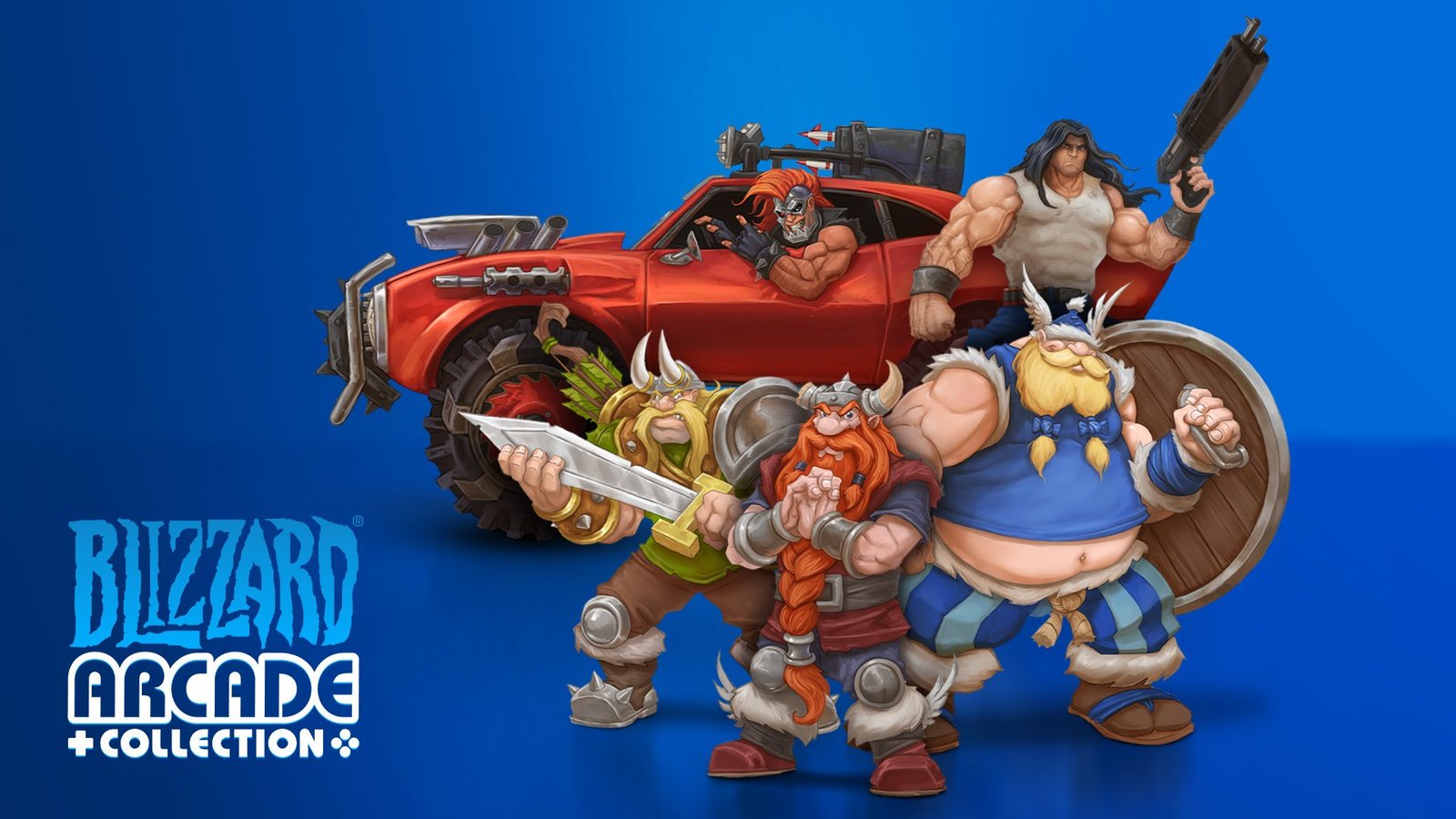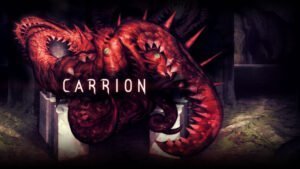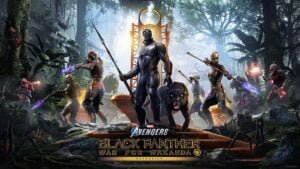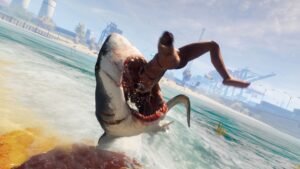(Reviewed on Xbox Series X by Games of DAYNE)
In celebration of Blizzard’s 30th anniversary a trio of classic titles from their portfolio have been brought together, including SNES and Genesis
Featuring three versions of The Lost Vikings, Rock N Roll Racing and Blackthorne, this bundle was a pleasant surprise for fans of the originals and a welcome introduction to new players of some great retro classics.
The SNES and Genesis versions of each game contain a Rewind feature which allows players to rewind a few seconds to have another attempt at something they may have failed. This is very useful for even experienced players of these titles, a luxury definitely not afforded when originally played some 30 years ago. Additionally, a manual save option is available that can be used and reloaded at will. This feature is not available in the Definitive Edition versions of each game to provide a more authentic and challenging experience. (Note: Blackthorne features a SNES and 32-bit version, no Genesis version was released for this title.)
Each game also has a Password function which allows the entry of the very passwords that worked back in the day to be used now. Depending on the game these include the likes of skipping to any level or being awarded money to spend for example. As the first player to realise this on Xbox at least, the use of these cheats does not prevent Achievements from unlocking. I can not confirm how the cheats affect Trophies on PlayStation though I expect the same result.
The Lost Vikings
The Lost Vikings originally launched in 1993 for the SNES (Super Nintendo Entertainment System) and the following year on the Sega Genesis, going on to receive ports to Amiga, PC and Gameboy Advance over the years. A trio of Vikings, Erik the Swift, Olaf the Stout and Baleog the Fierce embark on an adventure riddled with challenging platforming and environmental puzzle solving. Humorous writing brings levity to the potentially frustrating gameplay that relies heavily on trial and error.

Each Viking has gameplay mechanics unique to them. The redheaded Erik is the only Viking that can jump or use his helmet to charge headfirst into enemies or breakable walls. The shield bearing Olaf is able to block attacks with his shield, lift it above his head for his friends to stand on and can glide down otherwise fatal drops. Baleog has a sword to attack and and a bow to shoot buttons with arrows. Understanding which Viking does what and the combinations of using the Vikings together to solve puzzles is vital to survival.

The death of all three Vikings as a result of combat or environmental hazards such as fire or lasers will require the level to be restarted. Each Viking has three health orbs that can be replenished by finding food and using it from within the inventory. Shield orbs can also be obtained by finding shields and using them. Any items found in the environment can be traded between the Vikings as long as they are within close proximity of each other. Coloured keys which are also required to progress through the levels can also be traded to a more appropriate Viking.

The objective of each level in The Lost Vikings is to reach the end with all Vikings alive which is much easier said than done, particularly in the later levels. Featuring six unique worlds comprised of multiple levels that span Egyptian tombs, caves, spaceships to name a few, The Lost Vikings will put players to the test with their puzzle solving skills while offering an entertaining and outlandish story along the way.

With charming lead characters, playful level design and a genuinely challenging experience, The Lost Vikings remains enjoyable to this day, allowing its legacy to continue as a genuine gem of the genre.
Rock N Roll Racing
Also launching in 1993 on the SNES and 1994 on the Sega Genesis, Rock N Roll Racing puts four racers against each other in lap based races. To make things interesting the different vehicles are armed with weapons, allowing laser bolts to be shot, bombs to be dropped and boost or jumping to give each racer the opportunity to employ a tactical advantage to secure and hold their first place position.

Backed by a rock soundtrack this old school racer is a lot of fun. The satisfying vehicular combat, which is limited to X amount of charges per weapon, bomb and boost/jump that is replenished every lap, can make or break a players drive for a podium finish. A destroyed vehicle is respawned a few meters back after a few seconds and will need to capitalise on the combat mechanics to get back in the race. As the AI vehicles suffer the same setbacks upon destruction, the race is far from over when the player themselves are destroyed.
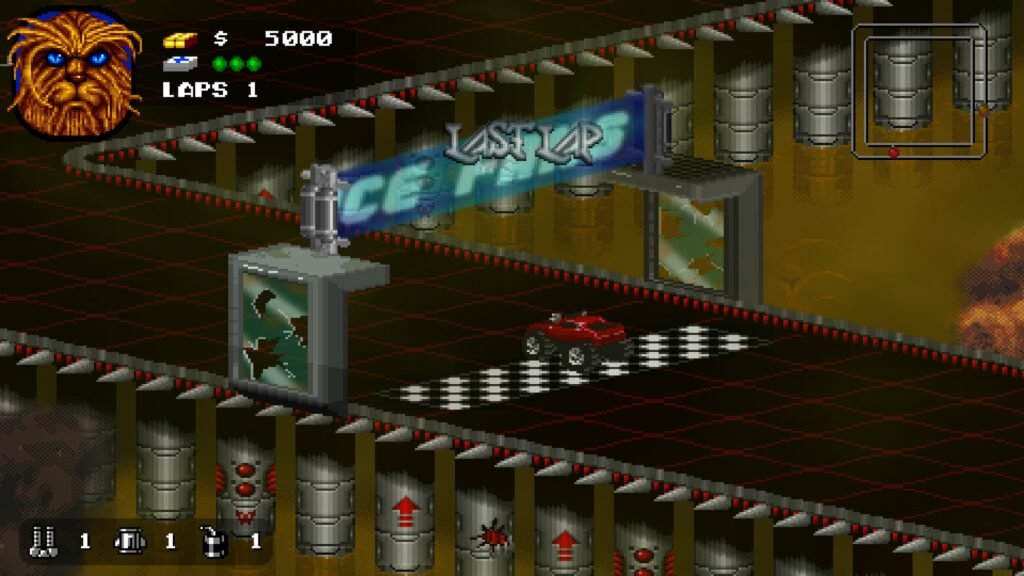
With several races comprising a season, of which there are multiple, the way to progress is simple. Placing in races awards points, 400 for 1st, 200 for 2nd and 100 for 3rd. A fourth place finish awards an appropriate 0 points. Each season requires a different amount of points to be able to move on to the next. As soon as the player has accumulated enough points they are able to do so. By placing first consistently, the player may be able to move onto the next season before even completing all of the races in the current one but failure to accumulate enough points by the conclusion of the season will require it to be restarted.

This isn’t the end of the world however as each race awards money, again dependent on placement as well as picking up money throughout the races. This money can be spent on upgrading or buying new vehicles. Increasing the speed, durability or amount of weapon charges will make the race to first much easier and all vehicle upgrade progression remains intact even if a season must be restarted.

The tracks themselves are fun and varied in terms of difficulty. The twisting, winding nature of the races evolves throughout the seasons, eventually getting complex enough to disorient if the player is spun out of control from attacks, traps or environmental hazards such as potholes and puddles. The track layouts are fun and visually distinct though they do appear in later seasons just with that season’s coat of paint so to speak.

Some amusing commentary throughout the races, accompanied by the energetic rock soundtrack keep the races engaging and interesting, wonderfully complementing the chaotic vehicular combat.
Rock N Roll Racing is an enjoyable retro title that had eluded me until now and I’m glad I’ve finally been able to experience it on a modern console.
Blackthorne
Rounding out this trifecta of Blizzard classics is 1994’s Blackthorne. Playing as Kyle, the son of a King of an alien planet, this mystical action adventure sees the player embark on a mission to kill the evil Sarlac and reclaim the throne on his home planet of Tuul.

Blackthorne is a side scroller with heavy platforming and gunplay. Unique mechanics such as pressing against walls to avoid incoming billets, a tactic the enemy can also employ, diving and blind-firing keep the action pretty focused. Blessed with a pump action shotgun to shoot through the labyrinthian level design, the player has to holster the weapon to platform which leaves them open to damage as they animation is not instant.

The combat is a little difficult to get used to and is pretty unforgiving. Mastery of diving, sprinting and pressing against walls will be essential to survive. The controls are awkward and the tutorial further complicates the learning process by saying to press a button which actually does something else. This applies to many of the tutorials unfortunately. While it’s easy enough to learn what each button does it’s a shame the tutorial couldn’t be more instantly rewarding in terms of understanding the gameplay.

Each of the levels feel pretty repetitive and aren’t particularly engaging. Collecting items to progress, platforming and shooting everyone in your way fails to feel fun early into the experience.

The overall theme of Blackthorne is satisfyingly dark and gritty and for its time the animations are rather slick. The presentation is very unique for a game from the early 90s and it’s easy to understand how it’s achieved a cult status, similar to its companions in this collection. Intelligent AI keep the gunplay anything but simple and when the controls begin to feel familiar it really comes across as a solid side scrolling shooter despite the shortcomings in the platforming department.

The Blizzard: Arcade Collection contains three of Blizzard’s best and earliest titles, many of which are still held in high regard today. The presence of not just the SNES and Genesis versions but a Definitive Edition for each title too adds replay value for those who wish to experience three slightly different versions of the same games.
Packed with an array of developer interviews, classic artwork and manuals and more, Blizzard provides plenty of interesting insight into the history of these titles which is worth a look.
+ Classic and beloved curation of titles
+ Rewind feature and instant save/load system
+ Variety of versions
+ Fun gameplay
– Blackthorne isn’t as enjoyable as the others

Developed by: Blizzard Entertainment
Published by: Blizzard Entertainment
Release Date: February 20 2020
Platforms: Xbox One/Series X/S, PlayStation 4/5, PC and Nintendo Switch
– Additional Links –
For more of my reviews, click HERE.
To see this review and other content from my associates at BG4G, click HERE.
Don’t forget to follow Games of DAYNE on: Twitter, Facebook and YouTube!

